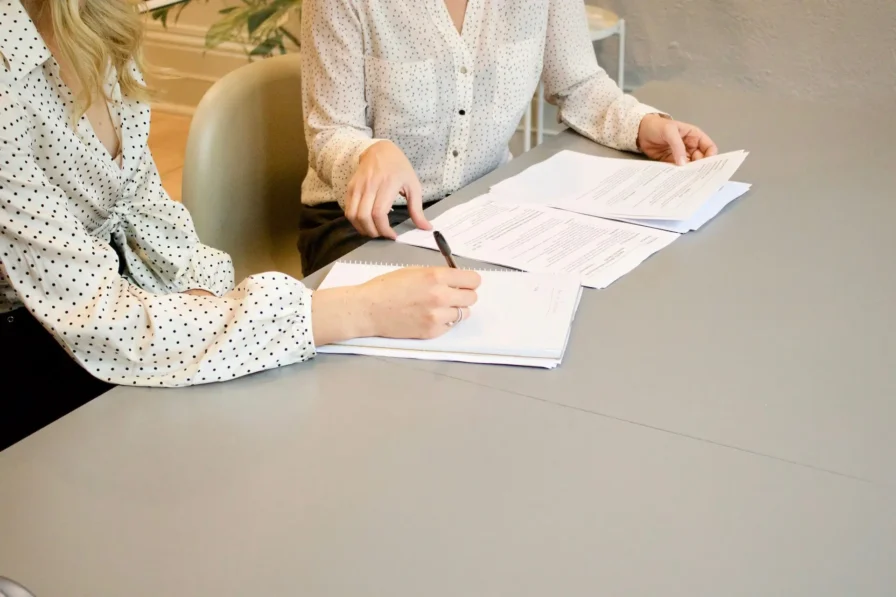
29th January 2025

VAT (Value Added Tax) is a consumption tax levied on goods and services in the UK. Businesses must register for VAT if their taxable turnover exceeds the threshold (£85,000 as of 2024).
Under the Normal VAT Scheme, businesses charge VAT on their sales (output tax) and reclaim VAT on their purchases (input tax). Here’s how it works:
1. Charge VAT: Businesses add VAT to their sales invoices.
2. Reclaim VAT: Businesses can reclaim VAT they’ve paid on business-related purchases.
3. Submit VAT Returns: Usually quarterly, detailing VAT collected and reclaimed.
4. Pay or Reclaim Difference: Pay HMRC the difference if output tax exceeds input tax or reclaim if input tax is higher.
– Sales: £10,000 + £2,000 VAT (20%)
– Purchases: £5,000 + £1,000 VAT (20%)
– Output tax: £2,000
– Input tax: £1,000
– VAT payable to HMRC: £2,000 – £1,000 = £1,000
The Flat Rate VAT Scheme simplifies VAT for small businesses. Instead of reclaiming VAT on purchases, businesses pay a fixed percentage of their gross turnover to HMRC. This percentage varies by industry.
1. Fixed Percentage: Businesses pay a flat rate of their gross turnover.
2. No VAT Reclaim on Purchases**: Generally, businesses cannot reclaim VAT on most purchases.
3. Annual Turnover Limit: Must not exceed £150,000 excluding VAT at registration or £230,000 including VAT after joining.
– Sales: £10,000 + £2,000 VAT (20%)
– Purchases: £5,000 + £1,000 VAT (20%)
– Flat rate (e.g., 10% for your industry): 10% of £12,000 (gross turnover including VAT)
– VAT payable to HMRC: 10% of £12,000 = £1,200
1. Calculating VAT Payable:
– Normal VAT Scheme: VAT payable is the difference between output tax and input tax.
– Flat Rate Scheme: VAT payable is a fixed percentage of gross turnover.
2. Reclaiming VAT on Purchases:
– Normal VAT Scheme: Reclaimable.
– Flat Rate Scheme: Generally not reclaimable.
3. Administrative Burden:
– Normal VAT Scheme: More paperwork due to reclaiming input VAT.
– Flat Rate Scheme: Simplified, less paperwork.
4. Eligibility:
– Normal VAT Scheme: Any VAT-registered business.
– Flat Rate Scheme: Small businesses with turnover under £150,000.
5. Turnover Reporting:
– Normal VAT Scheme: Net sales reported.
– Flat Rate Scheme: Gross sales (including VAT) reported.
Normal VAT Scheme:
– Pros: Potentially lower VAT payable if purchases are high.
– Cons: More administrative work, complex calculations.
Flat Rate VAT Scheme:
– Pros: Simplified accounting, predictable VAT payments.
– Cons: May end up paying more VAT if purchases are significant.
1. Assess Business Turnover: If your turnover is below the threshold, consider the Flat Rate Scheme.
2. Evaluate Purchases: If your business has high VAT on purchases, the Normal VAT Scheme might be beneficial.
3. Administrative Capacity: Choose a scheme that aligns with your ability to manage paperwork.
Choosing between the Flat Rate VAT Scheme and the Normal VAT Scheme depends on your business size, purchase patterns, and administrative capacity. The Flat Rate Scheme offers simplicity for small businesses, while the Normal VAT Scheme can be more beneficial for businesses with high input VAT.
Consult with a tax advisor to determine the best option for your specific circumstances.

29th January 2025

19th August 2024
